In many organizations, the Cyber Threat Management Director takes the helm of cybersecurity efforts. This role isn’t just about understanding technology; it’s about strategic planning, leadership, and a multi-layered approach to defense.
We’ve delved deep into the role of a Cyber Threat Management Director, detailing their responsibilities, skills, and impact. This isn’t a one-man job; it’s about team development, continuous improvement, and, above all, understanding the cyber threat landscape.
| Key Responsibilities | Brief Description |
|---|---|
| Lead Security Operations | Oversee all SOC functions including monitoring and threat hunting |
| Develop Teams | Hire and mentor a high-performing cybersecurity team |
| Monitor and Adapt | Continuously update countermeasures based on threat landscape |
| Oversee Analysis and Escalation | Manage the analysis of diverse data sources for security events |
| Drive Continuous Improvement | Enhance SOC capabilities, policies, and technologies |
The Impact You’ll Make

As a Cyber Threat Management Director, you’re not just another cog in the machine. You have the opportunity to tap into your curiosity and collaborate with some of the most innovative people in the field. Here’s how you’ll make a lasting impact:
Lead Security Operations
Your primary task is to oversee all Security Operations Center (SOC) functions. This includes monitoring security, triaging alerts, and spearheading threat hunting activities. You’re the captain of this ship, ensuring smooth sailing in the volatile waters of cybersecurity.
Develop High-Performing Teams
You’re responsible for hiring and developing a top-notch team of cybersecurity analysts, engineers, and threat hunters. These are the people on the front lines, and your role is to mentor them to be the best in the business.
Monitor and Adapt
The cyber threat landscape is ever-changing. As the director, you continuously monitor these shifts and implement countermeasures to protect your organization. You’re not just playing defense; you’re strategizing for the long term.
Oversee Analysis and Escalation
Your team will work with diverse data sources, such as Security Information and Event Management (SIEM) systems, firewalls, and Intrusion Detection Systems (IDS). Your job is to ensure that this data is analyzed, correlated, and escalated appropriately.
Drive Continuous Improvement
This role isn’t static. You’ll constantly work on improving the SOC capabilities, policies, and technologies. Your objective is to enhance the organization’s detection and response mechanisms.
Skills and Expertise

To excel in this role, you’ll need more than just a strong understanding of cybersecurity.
You’ll need a blend of technical know-how and leadership skills. At a minimum, a bachelor’s degree and ten years of experience leading enterprise-class SOCs are required. You should also be well-versed in SIEM solutions, network security, and threat intelligence.
Certifications like CISSP, CISM, or CISA can give you an edge.
But what sets the best apart? We believe it’s the ability to think strategically while balancing detection coverage, operational efficiency, and costs.
Strong executive presence and the skill to translate complex security risks into business language are also invaluable.
Managing Third-Party Relationships and Intelligence Efforts

When it comes to cybersecurity, no organization is an island.
As a Cyber Threat Management Director, you’ll also be responsible for managing relationships with third-party threat intelligence, forensics, and incident response partners. Why does this matter? Because external partnerships can offer insights and expertise that enhance your internal capabilities.
| Key Responsibilities | Brief Description |
|---|---|
| Manage Third-Party Partnerships | Collaborate with external organizations for added expertise |
| Interface with CIRT | Work closely with the Cybersecurity Incident Response Team |
| Oversee Threat Intelligence | Manage both tactical and strategic threat intelligence efforts |
Third-Party Partnerships
You’ll collaborate with external organizations that specialize in threat intelligence, forensics, and incident response. These partners can provide valuable insights, helping your organization stay ahead of emerging threats. You’ll need to evaluate and select these partners carefully, ensuring they align with your security objectives.
Cybersecurity Incident Response Team (CIRT)
You’ll also interface and partner with the Cybersecurity Incident Response Team (CIRT) within your organization. This collaboration ensures a cohesive response to any cyber incidents, combining the reactive capabilities of the CIRT with the proactive strategies of the SOC.
Threat Intelligence
It’s not just about responding to threats; it’s also about understanding them. You’ll manage both tactical and strategic cyber threat intelligence efforts. By doing so, you ensure that your strategies are informed by the latest threat landscape, making your defense mechanisms more effective.
Financial and Budget Management

Believe it or not, cybersecurity isn’t just about technology; it’s also about economics. You’ll need to manage budgets wisely to get the most bang for your buck.
Optimize Budget Utilization
You’ll have to make sure that every dollar spent is contributing to the overall effectiveness of your cybersecurity strategy. This could mean investing in new technologies, training your team, or hiring additional staff. The goal is to allocate resources where they’ll have the most impact.
Strategic Technology Procurement
Choosing the right technology isn’t just about what’s trendy. You’ll make strategic technology procurement recommendations, selecting solutions that align with your organization’s long-term objectives. These decisions can have a lasting impact, so they need to be made carefully.
Key Metrics and Performance Indicators
Last but not least, how do you measure success? As a Cyber Threat Management Director, you’ll develop and track metrics to measure the effectiveness of your SOC, the productivity of your analysts, and improvements over time. These metrics provide valuable insights into your team’s performance and areas for improvement.
Professional Development and Career Growth

So, you’ve got the skills, the team, and the strategy in place. What’s next on the horizon for a Cyber Threat Management Director? Your professional development doesn’t stop here. In fact, this role can be a stepping stone to higher leadership positions or specialized fields within cybersecurity.
Continuous Learning and Certifications
The cybersecurity landscape is always evolving, and you should too. Consider adding more certifications to your portfolio. Whether it’s advanced certifications like Certified Information Systems Security Professional (CISSP) or specialized courses in threat hunting, your learning journey is far from over.
Mentorship and Thought Leadership
As someone at the helm of cybersecurity operations, you have a wealth of knowledge to share. Mentorship isn’t just about guiding your own team; it’s about contributing to the larger cybersecurity community. Writing whitepapers, speaking at conferences, and participating in webinars can solidify your position as a thought leader in the field.
C-Level and Beyond
The skills you’ve honed as a Cyber Threat Management Director can make you an excellent candidate for C-level roles, such as Chief Information Security Officer (CISO) or even Chief Technology Officer (CTO).
The strategic thinking, leadership abilities, and deep understanding of cybersecurity risks and countermeasures can set you up for success at the highest echelons of an organization.
A hero on a mission

In summary, a Cyber Threat Management Director wears many hats. They’re strategists, leaders, and cybersecurity experts rolled into one. Their role is vital in navigating the complex world of cybersecurity. With the right blend of skills, expertise, and strategy, they protect organizations from the multitude of cyber threats lurking in the digital shadows.
We hope this comprehensive look into the role of a Cyber Threat Management Director has been informative and engaging. Whether you’re aspiring to step into this role or are just curious about who manages the cybersecurity fort, now you have a clearer picture.
And remember, in the world of cybersecurity, staying static is not an option. Continual adaptation, learning, and growth are the keys to staying ahead of the curve.
Did we miss anything? Want to share something with us? Leave a comment.




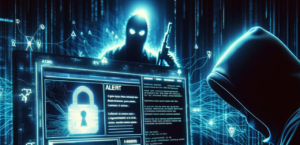





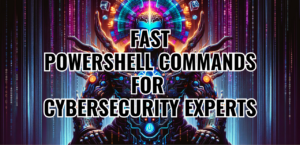








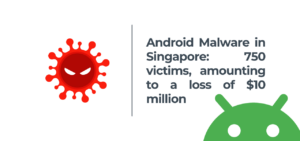

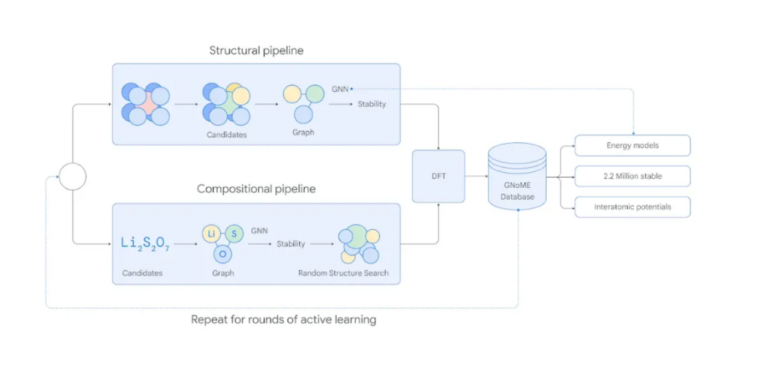

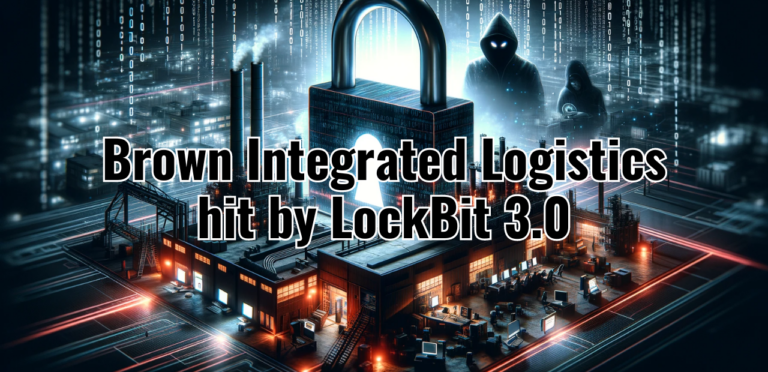

+ There are no comments
Add yours